AO Edited
Fuente de los Tres Sombreros
This hat-shaped fountain pays tribute to a centuries-old textile tradition in the Yucatán Peninsula.
Three enormous Panama hats sit in the middle of the Parque Del Progreso in Bécal, a small town on the Yucatán Peninsula. They make up the Fuente de los Tres Sombreros (Fountain of the Three Hats), a larger-than-life tribute to the headwear that is deeply intertwined with Bécal’s culture and industry.
Jipi japa (pronounced “hippie happah”) is a type of palm, the fronds of which are dried, turned into threads, then weaved into products like fans, small sculptures, and hats, of which the most famous is the Panama hat. Despite its name, the hat is not originally from Panama, but rather from Ecuador. A canton and city in the South American country both have the name Jipijapa, which is likely where the Yucatán Peninsula name for this palm originated (in Ecuador it is normally known as paja toquilla).
Since Bécal is located atop a bedrock of soft limestone, it represents an ideal space for the production of jipi japa. While the palm thrives in moist, hot weather, working it into threads requires a cooler, even more humid environment. This is why the major workshops in the town will almost all have hand-dug caves in their backyards. The fronds will first be dried out in the open, then broken into threads by hand, dyed (usually with natural pigments for terracotta tones, and aniline for brighter ones), then taken to the caves, where the humidity keeps it soft enough for weaving.
For hats, they are normally woven into a standard, similar shape in slightly different sizes. The difference between a cowboy hat and a Panama or a boater, comes from a fire-heated metal mold, where the hat templates are all baked into their final shapes. These hats are such a crucial part of Bécal’s culture and industry that a local museum celebrates them, and huge sculptures in their semblance are the focal point of the town’s main roundabout.
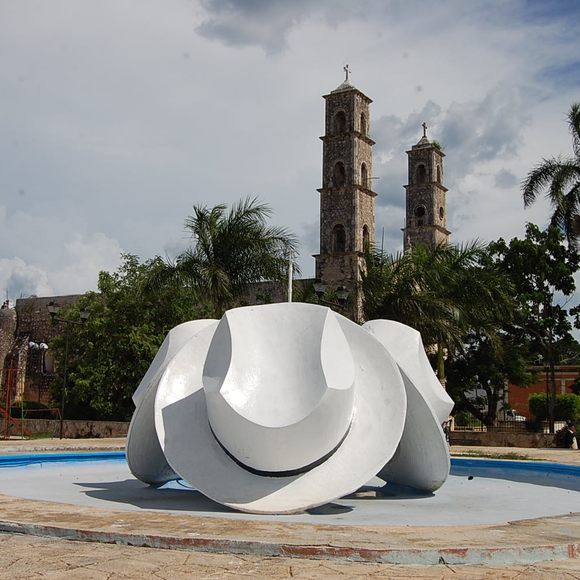

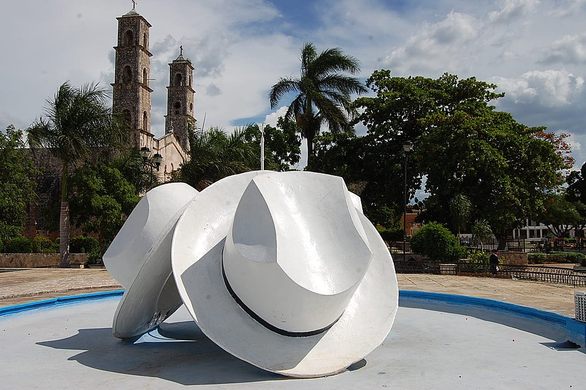












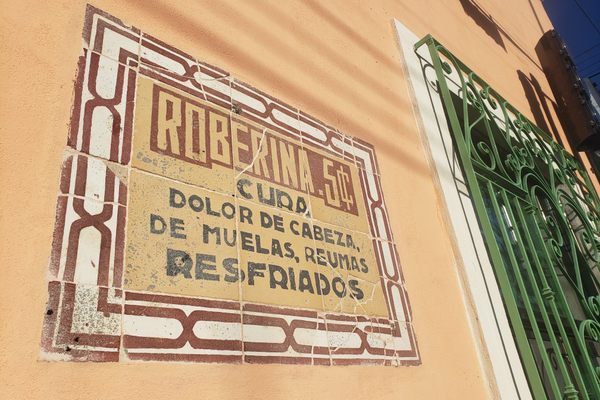
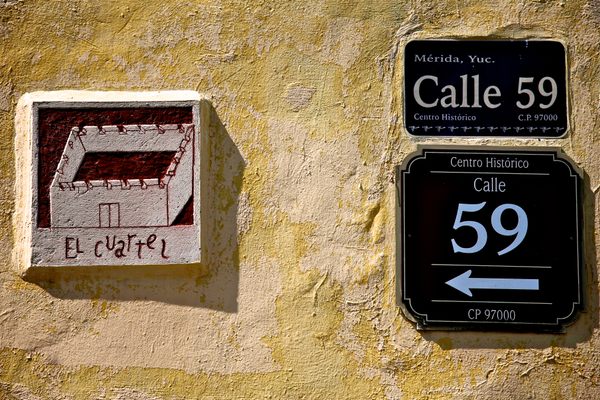

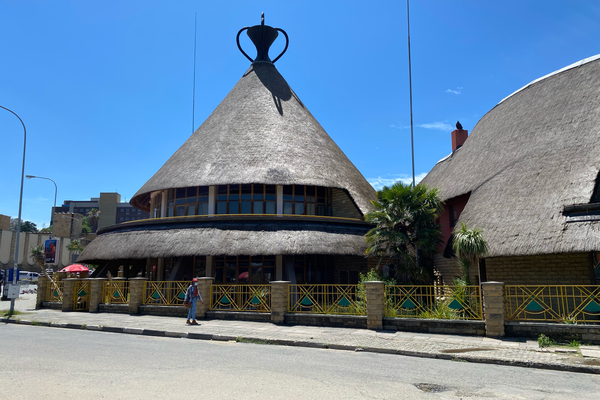
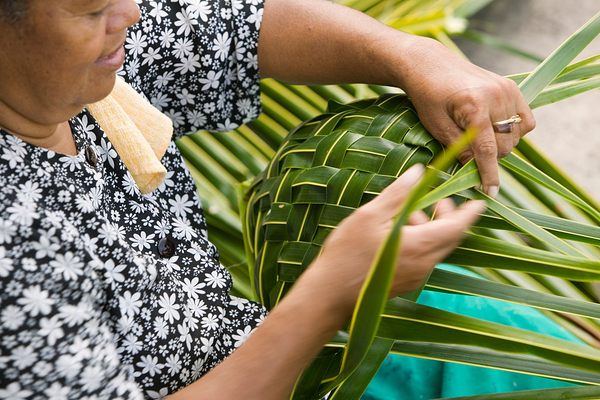

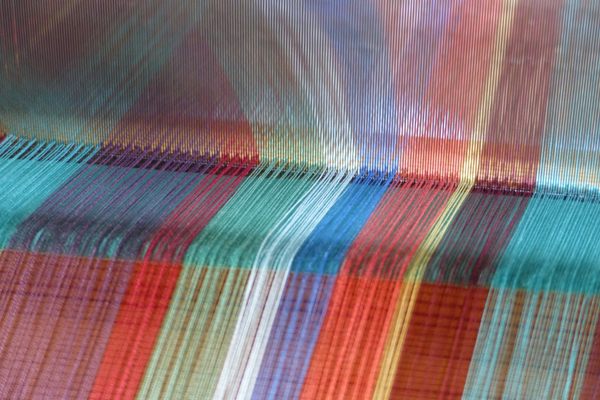

Follow us on Twitter to get the latest on the world's hidden wonders.
Like us on Facebook to get the latest on the world's hidden wonders.
Follow us on Twitter Like us on Facebook